


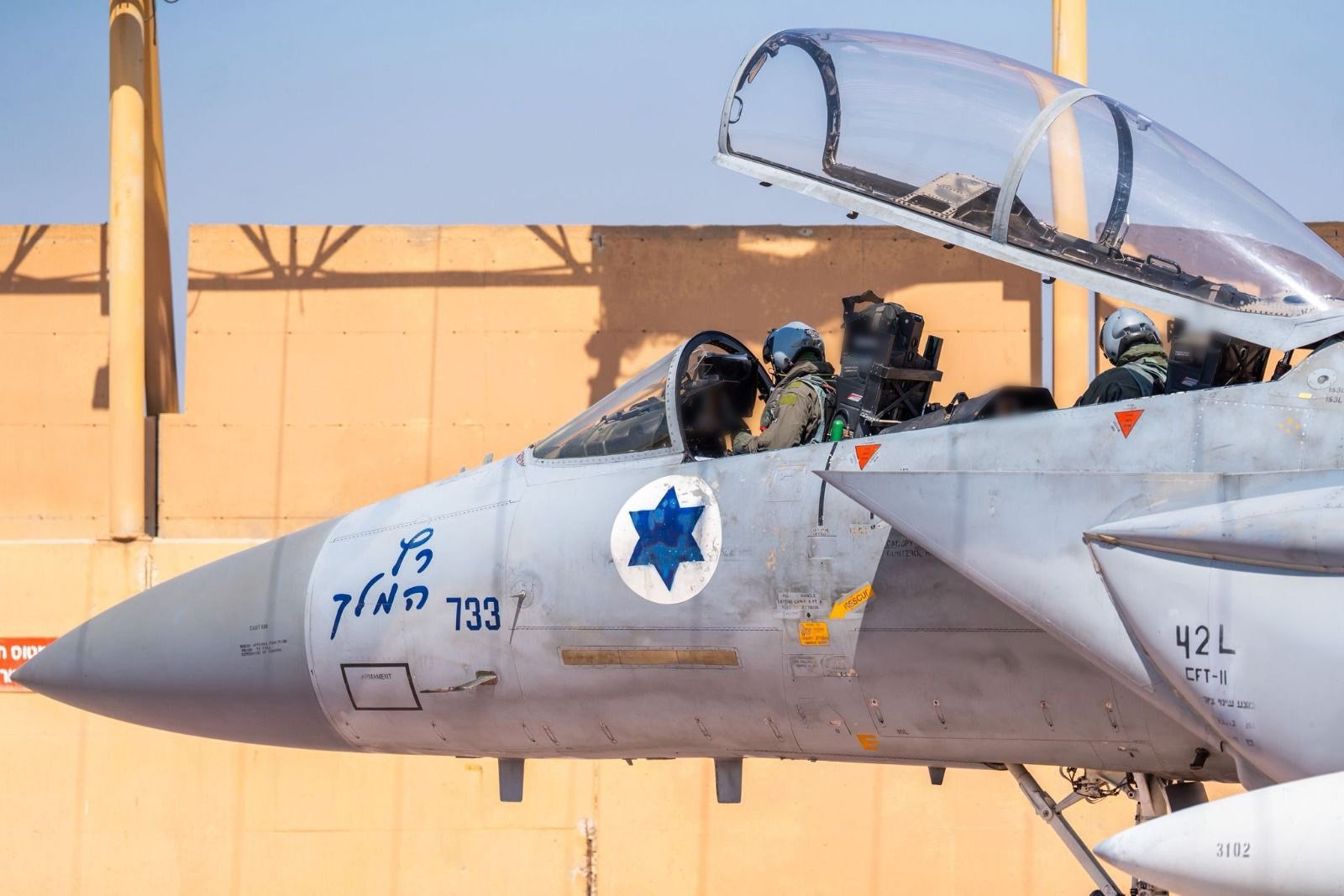
Israel’s top general said Sunday that the country’s conflict with Iran had reached a pivotal moment following US strikes on key Iranian nuclear facilities, as Israeli planes continued to pound targets in Tehran and western Iran after 10 days of fighting.
IDF Chief of Staff Lt. Gen. Eyal Zamir credited close coordination between Israeli and American diplomatic and military leaders for a series of high-powered strikes on Iran’s Fordo, Natanz, and Isfahan nuclear sites, as Washington stepped into the fray. The US bolstered Israel’s military offensive aimed at destroying Iran’s ability to enrich uranium or build atomic weapons.
“We’ve gotten to a turning point in the battle, after last night, [when] the US military struck central nuclear sites in a lethal, precise and very impressive way,” Zamir said.
“This strike was made possible thanks to the courageous leadership of our partners in the United States and a combined diplomatic and military effort,” he added, noting his close coordination with US Chairman of the Joint Chiefs of Staff Gen. John Daniel Caine and US Central Command chief Gen. Michael Kurilla.
In the US, President Donald Trump said the dozen 30,000-pound bunker-buster bombs dropped on the key underground uranium enrichment site at Fordo, along with attacks on nuclear facilities in Isfahan and Natanz, had removed the nuclear threat that had longed stalked Israel and the wider region.
“We had a spectacular military success yesterday, taking the ‘bomb’ right out of their hands (and they would use it if they could!)” he said on social media.
But Zamir noted that the campaign was far from over for Israel. “We still have targets to strike and objectives to complete,” he said. “We are continuing to increase the pace of our attacks in accordance with the plan and are prepared to continue for as long as required.”
According to the military, some 30 fighter jets carried out bombing missions in four areas of Iran earlier Sunday, targeting missile and drone sites. A second sortie later Sunday involved 20 planes dropping 30 bombs on various sites, including in the capital, Tehran.
In the first raid, dozens of targets were hit simultaneously in Isfahan, Bushehr, Ahvaz, and, for the first time, also Yazd, according to the IDF.
The IDF added that some 60 munitions were dropped by the fighter jets in the strikes.
“As part of the wave of strikes, fighter jets targeted for the first time the ‘Imam Hussein’ strategic missile headquarters in the Yazd area, where long-range Khorramshahr missiles were stored,” the military said, adding that some 60 missiles had been fired at Israel from the facility.
According to the military, Israeli Air Force fighter jets flew some 2,200 kilometers (1,400 miles) from Israel to strike the site, marking one of its longest sorties yet.
“In broad daylight, we surprised the Imam Hussein missile headquarters in central Iran, the furthest target we’ve struck to date,” said IAF chief Maj. Gen. Tomer Bar in remarks published by the military.
“We destroyed Khorramshahr missiles before they were launched at Israel and struck tunnels used to store the missiles,” Bar said.
Last week’s Israeli jets bombed the Mashhad airport, over 2,300 kilometers from Israel.
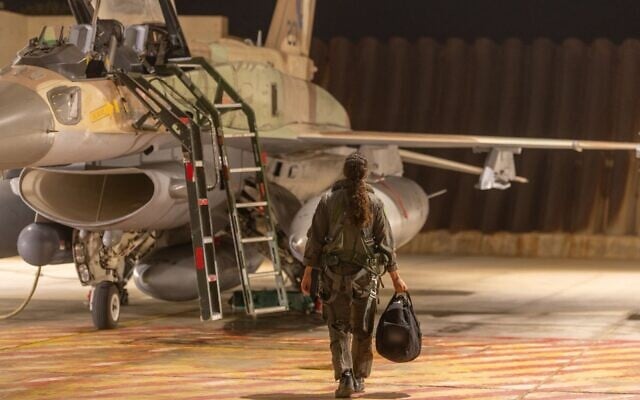
At the same time as the strikes in Yazd, Israel also hit missile launchers, air defense battery production sites, a headquarters of an Iranian drone regiment, and a drone storage facility in Isfahan, Bushehr, and Ahvaz, the military said.
During the strikes in Yazd, the IDF said an air force drone identified Iranian soldiers “arming missile launchers, and eliminated them shortly afterward.”
“We are continuing waves of strikes across Iran, disrupting the enemy’s ability to launch salvos into Israeli territory, degrading their firepower capabilities, and operating decisively to defend the Israeli home front and reduce rocket fire,” Bar said.
According to local Iranian media, at least nine members of the Revolutionary Guards were killed Sunday in Israeli attacks on central Iran.
“Following the aggression of the barbaric Zionist regime and its mercenaries against two military centers in Yazd city, seven Islamic Revolutionary Guards Corps personnel and two conscripts were martyred,” the Tasnim news agency reported, quoting an IRGC statement.
Others were injured in the attack, it added. The Fars news agency had earlier said Israeli strikes targeted two military sites in Yazd.
Separately, Iranian news agencies reported that an IAF airstrike killed three more IRGC members on Sunday.
The Mehr and Tasnim news agencies reported that the attack took place in Zanjan province in western Iran.
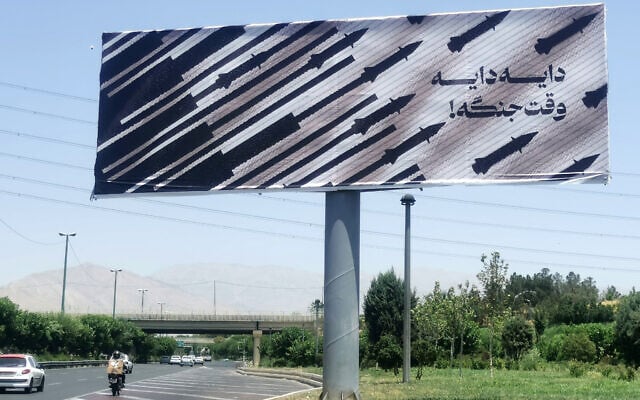
The military announced Sunday evening that its planes also hit infrastructure used to store and launch ballistic missiles, as well as satellites and radar sites in Kermanshah and Hamedan “used for aerial intelligence-gathering.”
Additionally, an air defense system was bombed in “the heart of Tehran,” the military added.
The IDF said the strikes were part of efforts to “degrade the military capabilities of the Iranian regime.”
On Saturday night, hours before the US carried out its strikes, Israeli jets hit an Iranian ballistic missile engine production site near Iran’s Shahrud last night, some 2,000 kilometers from Israel, army spokesman Effie Defrin said Sunday.
According to the military, the strike hit “planetary mixers and critical machinery used to manufacture missile engines” of the kind that have been fired at Israel in recent days.
“The targeted site is part of the effort to disrupt the Iranian regime’s surface-to-surface missile production industry, which is intended to produce thousands of missiles in the coming years,” the IDF added.
Israel has said its sweeping assault on Iran’s top military leaders, nuclear scientists, uranium enrichment sites, and ballistic missile program is necessary to prevent the Islamic Republic from realizing its avowed plan to destroy the Jewish state.
Iran, which avowedly seeks Israel’s destruction, has consistently denied seeking to acquire nuclear weapons. However, it has enriched uranium to levels that have no peaceful application. It also has obstructed international inspectors from checking its nuclear facilities, and expanded its ballistic missile capabilities. Israel says it has recently taken steps toward weaponization.
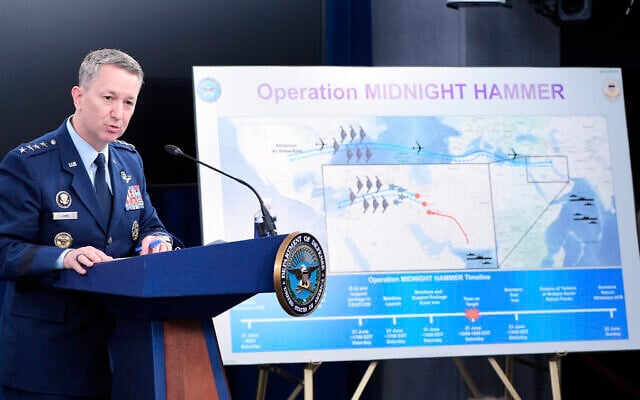
The US briefly joined the fight Sunday morning, using heavy bombers to drop massive ground-penetrating munitions too heavy for Israel’s fighter jets, but deemed essential to reaching nuclear assets hidden deep underground.
According to US officials, the operation, dubbed “Midnight Hammer,” employed 14 bunker-buster bombs, more than two dozen Tomahawk missiles, and over 125 military aircraft, including seven B-2 stealth bombers.
While the US has warned Iran not to retaliate against American targets, Iran’s President Masoud Pezeshkian said the US must “receive a response,” during a phone call with French President Emmanuel Macron.
Hours after the attack, Iran sent what it said was its 20th volley at Israel since fighting began, lobbing some two dozen ballistic missiles in an attack that injured over 80 people in Israel.
“These are challenging days for all of Israeli society,” Zamir said, referencing the barrage.
Over the past 10 days, Iran has launched over 500 ballistic missiles and around 1,000 drones at Israel.
“The IDF has demonstrated its determination and capabilities; anyone who tries to challenge us will pay a heavy price. We will not compromise on the security of the civilians of the State of Israel,” Zamir added.
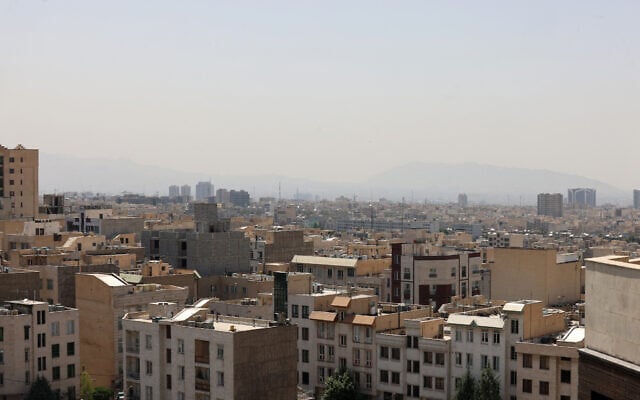
So far, Iran’s missile attacks have killed 24 people and wounded thousands in Israel, according to health officials and hospitals. Some of the missiles have hit apartment buildings, a university, and a hospital, causing heavy damage.
Meanwhile, Tehran’s provincial governor said Sunday that over 200 places in the Iranian capital had been hit in Israeli strikes since the start of the war on June 13.
“More than 200 locations have been attacked by the usurping Zionist regime,” Governor Mohammad Sadegh Motamedian told state TV.
He said more than 120 residential housing units “have been fully destroyed,” while 500 others suffered “damages.”
Motamedian made the announcement before Israel carried out fresh strikes on Sunday night.
Israel says its airstrikes are aimed at destroying the Islamic Republic’s nuclear and ballistic missile programs, which constitute an existential threat.
